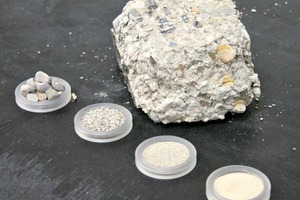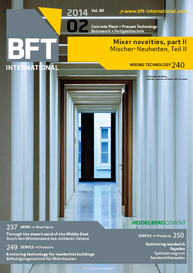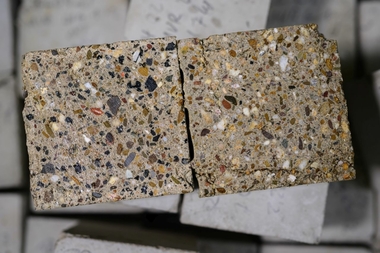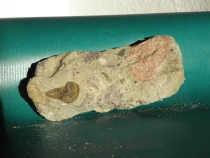Electrodynamic fragmentation –
Worldwide, concrete is second only to water in terms of its quantities used: each year, approx. 10 billion tonnes of concrete are required. More than 900 million tonnes of old concrete from demolition or renovation are generated per year in Europe, the United States and Japan. For political and environmental reasons, the re-use of old concrete is becoming increasingly important amidst the ever greater scarcity of landfill capacity, the extraction of natural raw materials for cement production (e.g. lime, gravel or clay), the associated high CO2 emissions and applicable legislation providing...








